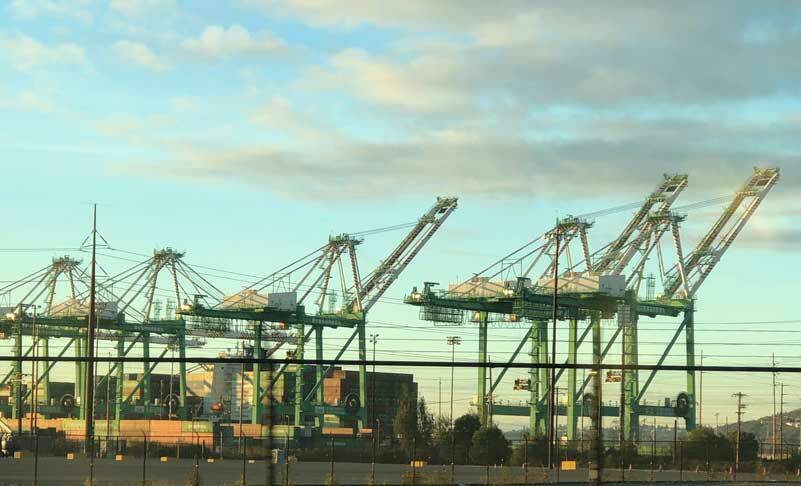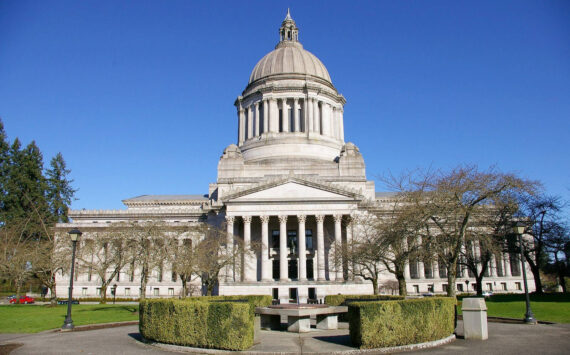By Morf Morford
Tacoma Daily Index
Not too many years ago, you could plan around predictable work schedules.
The majority of people went to school or work on a relatively standard schedule.
The term “rush hour” had a literal meaning.
But, as the saying goes, that was then and this is now.
The work from home movement has changed all the rules.
But that’s not all.
Home schooling and internships have changed the schedules and locations of work and school. And even the very definition of work.
And like, our concept of work, our shared understanding of when to work has also changed dramatically.
According to a new study, a little over 5% of workers in the Seattle area work at night. Nationwide, the average is about 6%.
That’s more than one out of twenty of us.
You might think of New York City as the city that never sleeps, but the state with the most night workers is Nevada with almost 10% of workers doing the night shift.
Nevada is not only home to a large number of gambling service workers, but bars and gambling establishments can be open 24 hours a day, meaning many Nevada service industry employees work nights.
And, you may have noticed that casinos, almost as a rule don’t have clocks or windows. This is a deliberate design feature to ensure that customer don’t notice the passing of time – but imagine working there day after day, or night after night.
Moonlight in Vermont
In contrast, Vermont has the lowest share of night shift workers in the U.S. with barely more than 3.5% (3.8% to be exact) of its workforce working night shifts.
The pay differential
In the old days, there was a pay bonus for working nights. But for whatever set of circumstances, night workers currently sit at the bottom of the pay schedule – with workers in the Las Vegas-Henderson-Paradise, Nevada area averaging $35,000 annually. In that same area, more than 10% of workers do at least some of their job at night.
You can see details on this and other areas here: https://porch.com/advice/night-shift-workers. The 100 largest metros were included in this analysis of workers who arrive at work between 5:00 pm and 3:59 am.
When most of us work
According to Census Bureau data, the most common time of arrival to work is between 7:00 and 9:00 am.
By 11:00 am 70% of the nation’s workforce is on the job.
The number of employees working drops off sharply after 4:00 pm.
By 6:00 pm, only 20% are still working and after 9:00 pm, fewer than 10% of us remain on the clock.
The cost of working the night shift
Besides terrible pay and generally poor working conditions, night workers also experience direct impacts of abnormal sleep schedules, such as drowsiness while driving home, reduced attention and productivity, and increased cases of sleep disorders, as well as other health risks—heart disease, metabolic disorders, and cancer.
Recent research from the National Toxicology Program finds that disruptions to our natural circadian rhythms, caused by working at night, can hurt the biologic systems that help prevent cancer.
Workers who regularly work nights are most at risk, especially those who work at least three hours between midnight and 5:00 am and do so for 10 years or more.
You can imagine what sustained stress levels like these do to contribute to mental health and relationship problems.
Who works at night?
Some industries and occupations are more suitable – even essential – for night work.
Those ever-present delivery trucks don’t pack themselves.
Fulfillment centers, medical facilities and correctional centers are often at least as busy at night as they are during the standard work day.
Postal workers, first responders (as in police and fire) and transit workers routinely keep things moving all night.
Oddly enough, disc jockeys (DJs) are the most likely to work nights, with 35% regularly working night shifts. Those parties and weddings require professional attention.
Hotels and 24 hour businesses keep a skeleton crew, but they stay open.
You get a whole new view of your city when you are up when most people are not.
The Port is always working
You may have noticed that at the Port of Tacoma, the lights are always on. Ships roll in and out every hour of the day. The Port never stops.
Students
I’ve worked more than my share of off-kilter schedules. There is something oddly liberating, even enlightening about being out of sync with the rest of the world. Traffic is far better, and for the most part, the only people you meet are those who are focused on the task at hand.
One thing I learned as a teacher; those students who sign up for (and sustain) an 8 am class are, by far the most diligent.
Evening students are often just as good.
Working, or going to school at night is not for everyone, and is exhausting long term, but for some it is the best opportunity and may lead to something far better later on.






